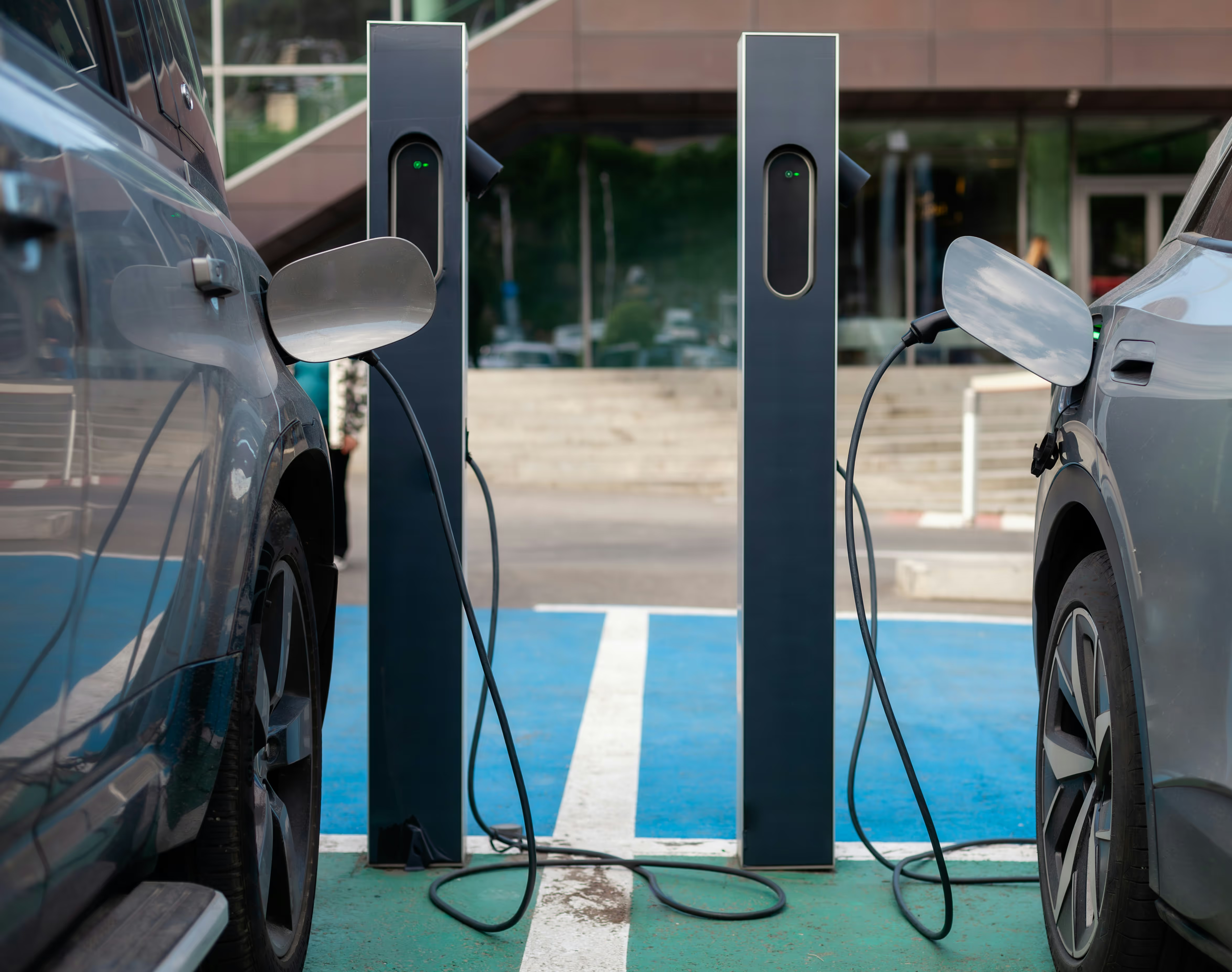Electric mobility in Southeast Asia: Too big to miss

When Tesla entered the German market in 2014, the electric car pioneer was regarded by many as just a nice experiment. Now, a good ten years later, numerous traditional and new market players have established themselves in addition to Tesla and electric mobility is experiencing an unprecedented upswing worldwide. Countries in Southeast Asia in particular are considered early adopters and are likely to continue to play a leading role in electric mobility in the future.
E-car market is growing — especially in Asia
Worldwide, the entire E-car market grew massively between 2016 and 2024: In just eight years, sales of battery-powered and plug-in hybrid vehicles rose from less than one million to just under 14 million units per year. However, the distribution of countries is very different, such as “Electric Vehicle Sales Review” by PwC Autofacts and Strategy& analyzed.
The report highlights the global new registration figures for electric cars in 22 selected markets. In 2024, over ten million purely battery-electric vehicles (BEVs) were sold worldwide, an increase of 14 percent over the previous year. China remains the main driver of growth: The share of electric vehicles in total new registrations in China rose to an impressive 50 percent. In December 2024 alone, 890,000 BEVs were sold there — more than twice as many as in Germany in the entire year. This made Q4 2024 the second quarter in a row in which every second vehicle sold in China was an NEV (BEV + PHEV). Even Chinese BEVs exports to Europe remained stable despite new punitive tariffs: 33,000 vehicles were imported to Europe in December 2024, an increase of eight percent over the previous year. In Germany, however, BEV sales fell by 27 percent to 381,000 vehicles, bucking the trend.
Jörn Neuhausen, Senior Director and Head of Electric Mobility at Strategy & Germany, commented on the developments: “It is currently clear that the global e-car market remains significantly dependent on external factors. The strong BEV sales in China at the end of last year can also be explained by the fact that there was a kind of scrapping premium there for the purchase of e-cars, which was supposed to expire at the end of 2024. In the USA, on the other hand, sales figures rose after the election because many expected the new government to reduce incentives for electric vehicles and related infrastructure.”
China in the lead...
The Chinese automotive market is one thing in particular: too big to miss. This year, the Land of Smiles is expected to sell over 22 million new vehicles, around 30 percent of them fully electric or hybrid. In just under five years, China is even likely to deliver more than 30 million new vehicles per year, making the country by far the most important car market in the world.
Electric mobility is also becoming increasingly important throughout Southeast Asia. Countries such as Vietnam and Thailand recorded remarkable increases in 2023, with electric vehicles accounting for 15 percent of new registrations in Vietnam and ten percent in Thailand.
... Malaysia is catching up
In Malaysia, new registrations of electric vehicles have more than tripled to 10,000 within a year. International brands such as Tesla and BYD have also entered the market. The country is also making considerable efforts to promote the transition to electric mobility. The Malaysian Automobile Association (MAA) reported a remarkable 286 percent increase in EV sales in 2023, with a total of 10,159 units delivered compared to 2,631 in 2022. This increase is driven by increased consumer interest and effective government initiatives to promote the adoption of EVs. Malaysia's goal is for EVs to account for around 15 percent of the total industrial volume (TIV) by 2030 and around 80 percent by 2050. The MAA also predicts that EVs will account for two percent of the TIV in 2024, equivalent to around 14,800 units. By 2030, the share of electric and hybrid vehicles is expected to rise to 20 percent of new registrations. Proton, a leading Malaysian automotive manufacturer, recently launched its first electric vehicle, the Proton E.mas 7. This model is available in various versions and marks an important step towards electrification.
Investors can also take advantage of Malaysia's high growth potential. For example, through the private equity project LightAcross!. Through this exciting project, FINEXITY customers can directly participate in the exciting growth market of electric mobility in Southeast Asia.



